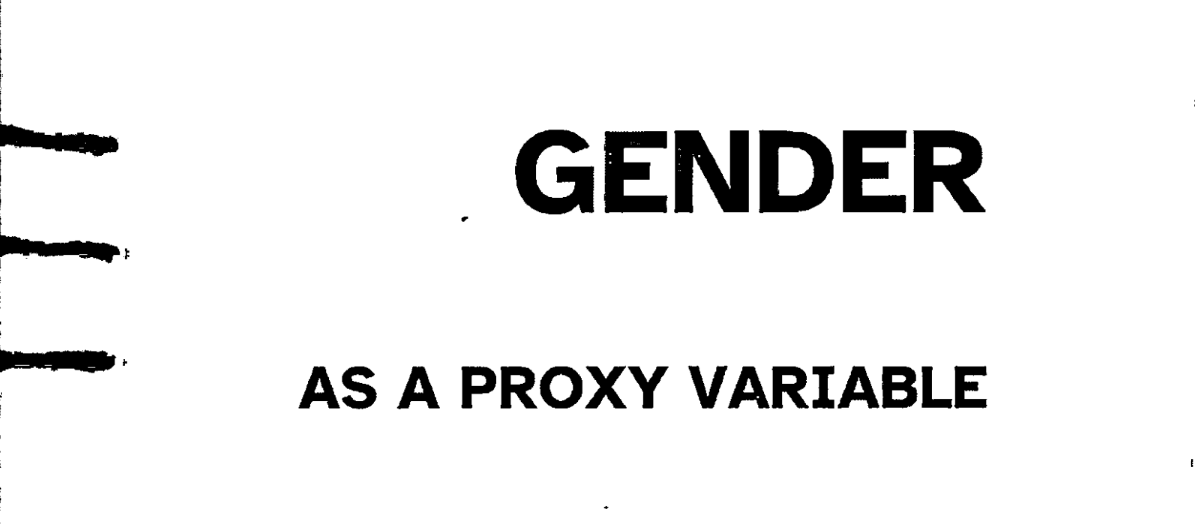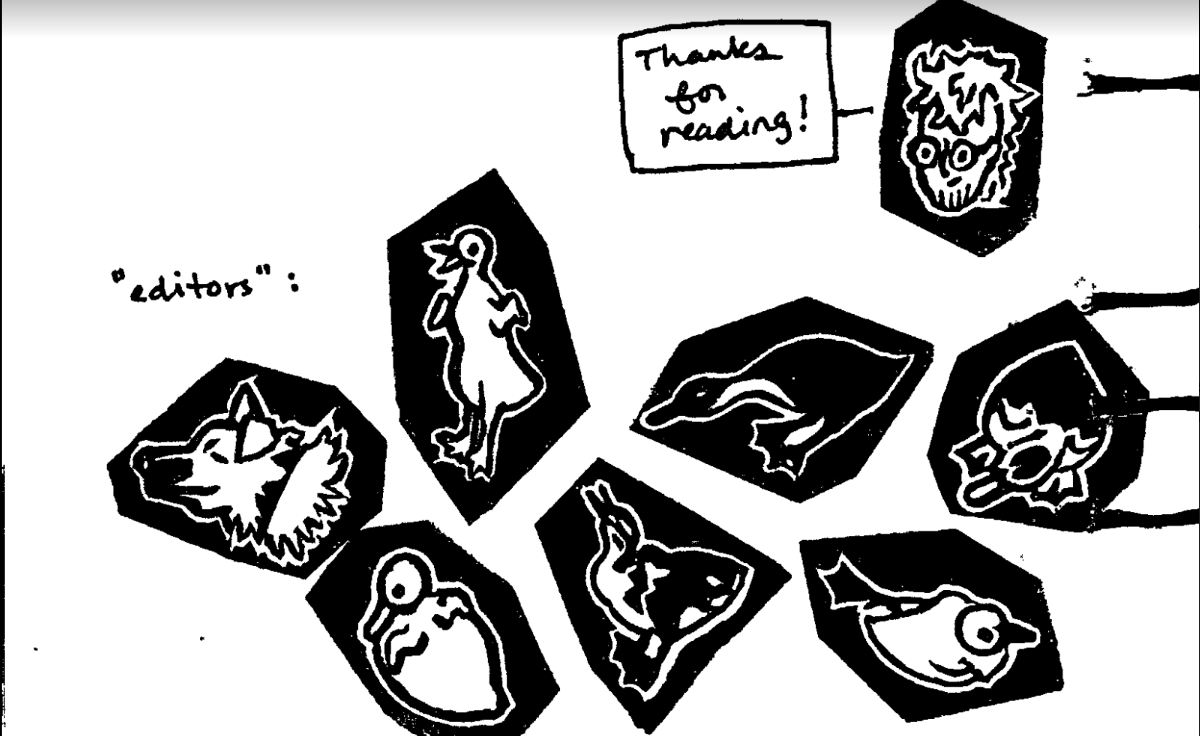gender as a proxy variable
posted on by Lee Cattarin

Look through a scan of the zine. (Be aware that the PDF is not as up to date as the web version below.)
The below material is a web page reproduction of my zine Gender as a Proxy Variable.
Authored by Lee Cattarin
August - December 2023 -> February 2024
I would argue that you almost never have to ask for gender…
If you’re collecting gender identity data to personalize user-facing copy, try asking for preferred* pronouns instead. If you’re asking because you want to make in-app content recommendations, try asking about the user’s content preferences. If you’re asking to generate a user avatar, let the user generate their own. Gender identity is a poor proxy variable — stick to asking for the information you actually want.
– Nikki Stevens, quoted in “How to Make Your Software More Trans-Inclusive,” emphasis mine
*pro tip: just say “pronouns” and drop the “preferred”
So, what are you asking for when you ask for
Gender?
- pronouns?
- title or prefix?
- health needs?
- clothing preferences?
- bathroom use?
- public profile data?
- demographic data?
- legal identification?
- medical information?
Formatting note
(this section and its effects have been altered to be functional in this medium - in the print zine, checkboxes and radio buttons were used. But Markdown only has one type of list.)
Questions that require users pick a single answer will be followed with “(pick one)”.
Questions that allow users to choose multiple answers will be followed with “(pick any)”.
Write-in fields may have italicized suggestions in them.
…Pronouns
What pronouns should we use for you? (pick any)
- he/him/his
- she/her/hers
- they/them/theirs
- other (write-in): ze/hir/hirs
Worried about parsing that free text field? Try:
- subjective: she
- objective: her
- possessive (adj): her
- possessive (prn): hers
- reflexive: herself
…Title or prefix
What title or prefix should we use for you? (pick one)
- Mr.
- Mrs.
- Ms.
- Mx.
- Rev.
- Dr.
- Hon.
(et cetera)
- no prefix
- other (write-in):
…Health needs
Do you require private facilities for breastfeeding or other health and wellness needs? (pick one)
- yes
- no
Provide a write-in space for specific needs, such as refrigeration or running water.
…Clothing preferences
Which style of shirt would you prefer? (pick one)
- straight cut
- fitted (edit: a reader has suggested “curvy” or “flared” as alternatives)
…Bathroom use
Do you require any of the following restrooms? (pick any)
- all-gender
- single-occupancy
- wheelchair-accessible
- other (write-in):
All restrooms should be provided with menstrual products.
…Public profile data
What is your gender? This information will be viewable on your profile by all logged-in users. (pick any)
- man
- woman
- nonbinary
- other (write-in):
Make sure to note the visibility level!
…Demographic data
What is your gender? This information is collected for demographic analysis only. (pick one)
- man
- woman
- nonbinary
- other (write-in):
…Legal
What is your legal sex as marked on government-issued identification? (pick one)
- M
- F
- X
Explain where this information will be used. If you need something more specific than any legal identification, say so: “This is used for insurance purposes and must match your gender on insurance paperwork.”
…Medical
What is your gender? (pick any)
- man
- woman
- nonbinary
- other (write-in):
What sex were you assigned at birth? (pick one)
- male
- female
- other (write-in):
An organ inventory and/or surgical history is a useful tool.
But let’s talk more about that
Gender question
Is:
- man
- woman
- nonbinary
- other (write-in):
enough?
Maybe not! Probably not, in fact! But what are our other options?
- Expansive lists can be overwhelming to users, fall quickly out of date, and are prone to significant localization issues.
- Free text entry removes many of the downsides of expansive lists but introduces new problems with data storage and analysis.
Having a few primary options and a write-in, as shown above, is a good balance!
A little more on
Anti-patterns
Consider the following options:
- man
- woman
- trans man
- trans woman
Aside from the lack of nonbinary gender choices, did you notice that?
These exclusive choices present “man” and “trans man” (and “woman” and “trans woman”) as separate genders, when what they’re most likely trying to convey is:
- cis man
- cis woman
- trans man
- trans woman
Avoid treating “cis” as the unspoken default.
Other anti-patterns include:
- automatic detection of gender (just don’t)
- immutable gender fields (make gender easily editable)
- grouping all nonbinary or nonstandard genders under “other” (add common gender terms for the relevant culture; include write-in fields)
Patterns
Here’s some additional positive patterns that can be appended to many of the earlier examples:
- Make fields optional unless truly necessary, or include “decline to specify”
- When questions can’t accommodate a free text field, include “gender not listed here” for those who have an answer but don’t see it reflected in the form
- Allow for edits
- Allow for the removal of old data
Sources
This zine draws from material I gathered for a longer blog post: leecat.art/gender-in-data
Linked in that blog post are numerous sources; the most heavily relied on here was from Drupal’s documentation and is found under the section headed “Do you need gender data?”
Author
Lee Cattarin is a transgender software developer and artist based out of Vashon, WA, USA. All hir creative work can be found at leecat.art
Get in touch with hir via any of the methods listed on leecat.art/contact
